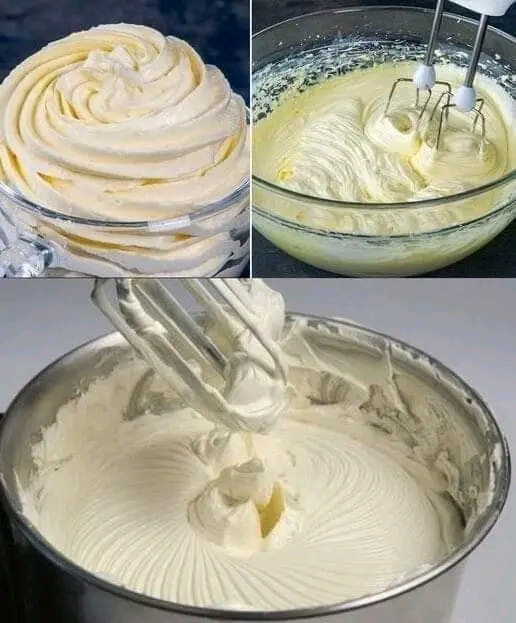Pastry cream, known in French as crème pâtissière, is a cornerstone of classic patisserie, providing a rich and creamy filling for an array of desserts such as éclairs, cream puffs, tarts, and mille-feuille. This versatile custard is cherished by pastry enthusiasts for its smooth texture and delightful flavor.
Historical Background
The origins of pastry cream trace back to 17th-century France, with the earliest known mention found in François Massialot’s 1691 cookbook, Le Cuisinier Roïal et Bourgeois. Massialot, who served as a chef to various nobility, documented the recipe, solidifying its place in culinary history. Since then, pastry cream has become an integral component in numerous French desserts, celebrated for its adaptability and luscious consistency.
Ingredients
To prepare a classic vanilla pastry cream, you will need:
- 2 cups (480ml) whole milk
- 1 vanilla bean, split lengthwise and seeds scraped (or 1 teaspoon pure vanilla extract)
- 6 large egg yolks
- 2/3 cup (133g) granulated sugar
- 1/4 cup (40g) cornstarch
- 1 tablespoon (14g) unsalted butter
This combination of ingredients ensures a rich and stable pastry cream suitable for various applications.
Instructions
- Infuse the Milk: In a medium saucepan, combine the whole milk and the scraped seeds along with the vanilla bean pod. Place over medium heat and bring to a simmer, then remove from heat and let it steep for about 10 minutes to enhance the vanilla flavor.
- Whisk Egg Yolks and Sugar: In a separate bowl, whisk together the egg yolks and granulated sugar until the mixture becomes pale and slightly thickened.
- Incorporate Cornstarch: Add the cornstarch to the egg-sugar mixture, whisking until smooth and free of lumps.
- Temper the Egg Mixture: Remove the vanilla bean pod from the infused milk. Gradually pour the warm milk into the egg mixture, whisking constantly to prevent curdling.
- Cook the Mixture: Return the combined mixture to the saucepan and cook over medium heat, stirring continuously, until it thickens and comes to a boil. Allow it to boil for about 1-2 minutes while stirring to ensure the cornstarch is fully cooked and the cream achieves the desired thickness.
- Add Butter and Chill: Remove the saucepan from heat and stir in the unsalted butter until fully incorporated, resulting in a smooth and glossy cream. Transfer the pastry cream to a bowl, cover its surface directly with plastic wrap to prevent a skin from forming, and refrigerate until thoroughly chilled before use.
Applications and Variations
Pastry cream serves as a fundamental element in numerous desserts:
- Éclairs and Cream Puffs: Piped into choux pastry shells for a decadent filling.
- Fruit Tarts: Spread as a base over tart shells and topped with fresh fruits.
- Mille-Feuille: Layered between puff pastry sheets for a classic French pastry.
- Boston Cream Pie: Used as a filling between layers of sponge cake, topped with chocolate glaze.
Variations of pastry cream can be achieved by incorporating different flavors:
- Chocolate Pastry Cream: Add melted chocolate to the warm pastry cream for a rich cocoa flavor.
- Coffee Pastry Cream: Dissolve instant coffee granules into the milk during the initial heating for a subtle coffee taste.
- Fruit-Flavored Pastry Cream: Introduce fruit purees or zests to infuse the cream with citrus or berry notes.
Conclusion
Mastering the art of making pastry cream opens the door to a multitude of dessert possibilities. Its smooth texture and adaptable nature make it a beloved component in both traditional and contemporary pastries. Whether enjoyed on its own or as part of a more elaborate creation, pastry cream continues to be a testament to the enduring appeal of classic French patisserie.
For a visual guide on making pastry cream, you might find this video helpful:
